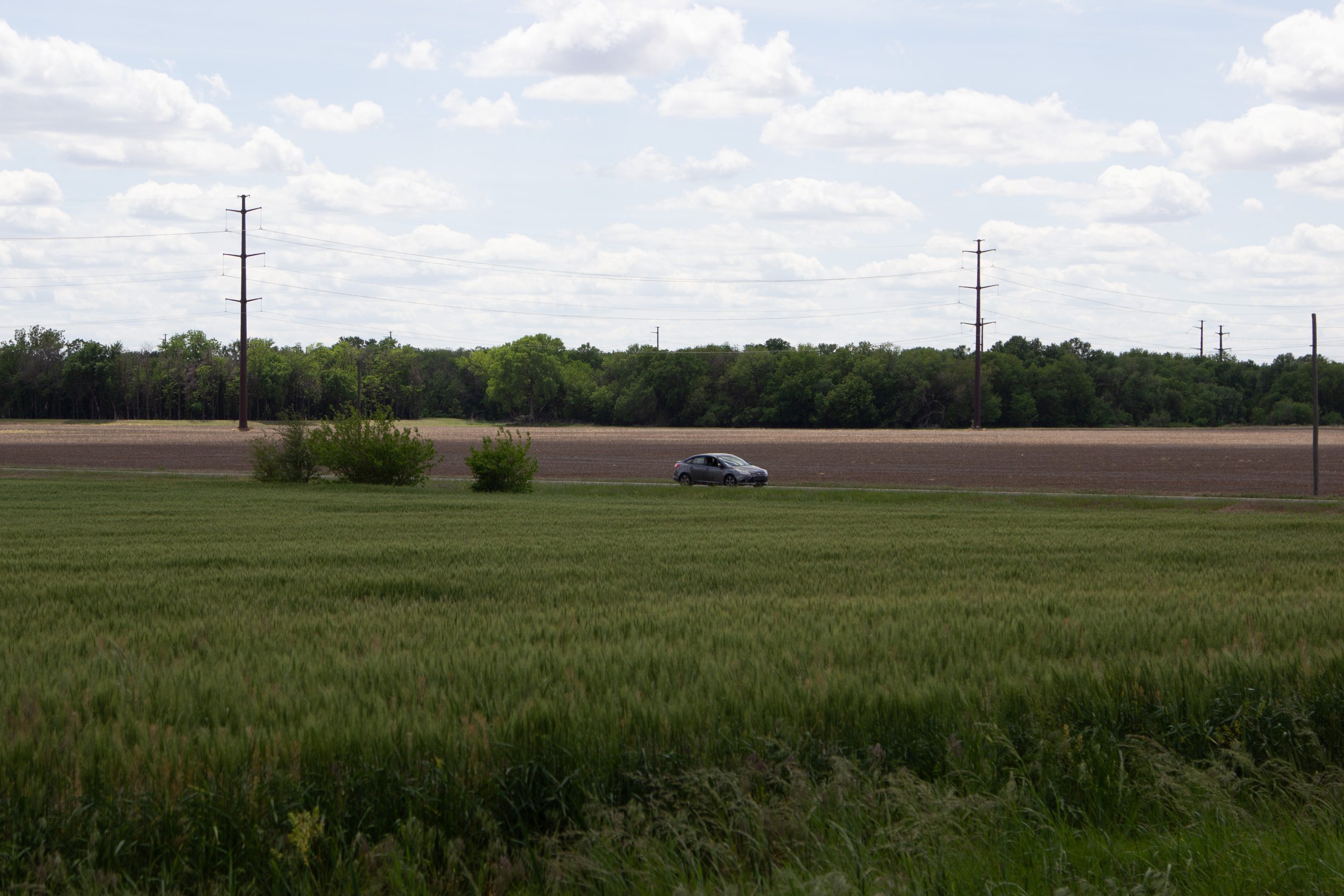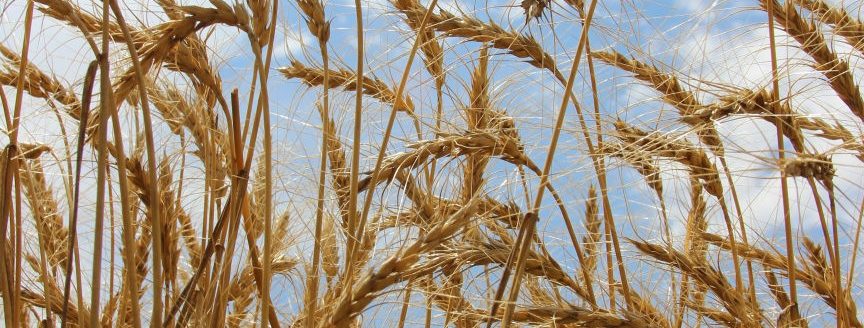The latest edition of the Wheat Quality Council’s Hard Red Winter Wheat tour gave nearly 70 people from all aspects of the industry an opportunity to get a peek at the crop’s potential.
After three days of touring Kansas’ traditional wheat production region—by consensus—they put the wheat crop at 290.4 million bushels with an estimated yield of 46 bushels per acre. Tour attendee Aaron Harries, vice president of operations at Kansas Wheat, said the 2024 crop is drought-affected.
An average Kansas crop produces about 310 million bushels, he said. A year ago, fewer than 200 million bushels were produced. A picture of central Kansas wheat near Hutchinson.
“It’s certainly light years ahead of what we had last year,” Harries said. “The difference is there won’t be nearly as many abandoned acres. We approached 30% (abandonment) last year. “The other key difference is that more of it will be harvested this year because we were in a much better starting point last fall.”
The drought was so pronounced in late 2022 the crop did not come up. “This year we started with good stands in a lot of places,” Harries said. “Unfortunately, it’s just gone downhill this spring, but it looks like we’ll have a better harvest.”
Winter moisture helped
Wheat growers have some optimism because of winter moisture, but they know the lack of moisture in recent months hurts other crops they are planning to plant this spring.
“They think beyond wheat crops, obviously, and in central Kansas, and a lot of places, there’s just no subsoil moisture,” Harries said. “From Lindsborg west over toward Great Bend and northwest, that’s some of the worst of the drought conditions.”
Pockets of good wheat
The best wheat appears generally to be along the U.S. Highway 36 corridor in northern Kansas, from the reports filed by the observers on that route, he said. Another notable area was the Interstate 135 corridor in central Kansas. That looked decent, he said, but he noted that in pockets of Saline County and Ottawa County, farmers have in past years produced yields of 70 to 80 bushels per acre. Unfortunately, 2024 won’t be one of those years.
Harries noted that on the second day of the tour he took the path of Kansas Highway 27 that included Syracuse and Johnson City and other southern counties, and although it was drought-impacted, it was notable that a year ago those were areas had high abandonment.
“Some of it looks better than it has any business looking,” Harries said. “Another common theme throughout the tour was a tip of the cap to the wheat breeders because we’ve got some pretty good genetics out there that are holding up to the pressure of what we’ve been through.”
Pest pressure
Stripe rust has been widespread but has not appeared to have impacted the crop like it could have. Some producers opted to spray, while others were hesitant because of the costs in comparison to the income potential. Wheat streak mosaic was not as prevalent as most on the tour thought it might be. Where it was showing up was in localized areas and not on a regional basis, he said, and growers were treating it.
“A bit of a surprise there was quite a bit in north central Kansas,” he said.
He added that those on the tour did see a lot of freeze damage in almost every part of the state. Temperatures were cold enough March 25 and 26 that it did impact the crop. Normally that would not have occurred, but the crop was probably seven to 14 days ahead of schedule and, because it had entered an advanced growth stage, it made fields more susceptible to the cold.
“It’s going to shave a little bit off the yield, and it’s hard to calculate that kind of damage yet,” he said.
Harries said the tour was a success because of diverse representation from multiple sectors in the industry and included officials from the U.S. Department of Agriculture.
They’re the people on the tour who provide essential information to growers. “To have their boots on the ground out there in the wheat fields is a positive,” Harries said.
Other state estimates
Kansas Wheat also provided reports from neighboring states.
Royce Schaneman from Nebraska Wheat Board reported that USDA estimates the Nebraska crop at 40.8 million bushels, which is up from 36.96 million bushels last year. Yield is estimated at 48 bushels per acre.
A report from Colorado estimated the crop at 72 million bushels, based on a yield of 44 bushels per acre and 2.1 million acres planted. This is lower than the May 1 USDA estimate of 81.4 million bushels, based on slightly higher abandonment. Last year’s production was 74.62 million bushels.
Dennis Schoenhals, from the Oklahoma Wheat Commission, reported that the state’s production was estimated at 96.2 million bushels this year, up from 68.6 million bushels last year, according to USDA’s NASS. USDA/NASS estimates the Oklahoma crop will yield 37 bushels per acre, compared with 28 last year. Harvested acres are estimated at 2.6 million acres.
A tour of agronomists and others in the industry estimated the production slightly lower than the NASS estimate, at 89.3 million bushels and a yield of 33 bushels per acre. He said the Oklahoma wheat crop had good moisture through the end of January, but then the state had an 83-day flash drought, which took the top end of the crop. He said it has had good, cool grainfill weather.
WASDE report
The outlook for 2024-25 U.S. wheat is for larger supplies, modestly higher domestic use, increased exports and higher stocks, according to the World Agricultural Supplies and Demand Estimates report issued earlier in the month.
Supplies are projected up 6% from 2023-24 on larger carry-in stocks and production. All wheat production is projected at 1,858 million bushels, up 3% from last year on higher harvested acreage and yields.
The all-wheat yield is projected at 48.9 bushels per acre, up 0.3 bushels. The first 2024 NASS survey-based winter wheat production forecast of 1,278 million bushels is up 2 percent from 2023 on increased Hard Red Winter and White Winter production more than offsetting lower Soft Red Winter production.
Increased output for India, China, Australia, Kazakhstan, Canada and the United States is expected to more than offset reductions from Russia, the United Kingdom, the EU and Ukraine.
Dave Bergmeier can be reached at 620-227-1822 or [email protected].




